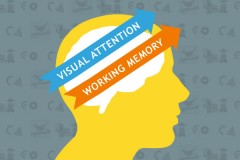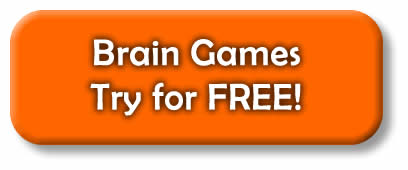Study: Brain Games Give Cognitive Boost

For years, we’ve heard first that we should keep sharp by doing crossword puzzles or similar brain-challenging activities, only to find later that research has been unable to prove their effectiveness in stemming cognitive decline, much less boosting performance.
Usually, studies show improvements only in the same activity: do Sudoku puzzles, and you get better at Sudoku puzzles… but no benefits transfer to other performance domains. Now, a new study published in the Mensa Research Journal shows that subjects who used an online cognitive exercise program from Lumosity improved their visual attention and working memory significantly more than a control group.
Why This Is Important
This study appears to be the first peer-reviewed publication of work that shows that web-based training can actually produce improvements in general measures of cognitive performance. If other research supports these findings, I’d anticipate a boom in the use of this type of training – who wouldn’t add a few brain games to their daily regimen if the exercises actually improved cognitive function?
Twenty Minutes, Five Weeks
The experiment compared a control group with a group of subjects who used did the training exercises for twenty minutes a day for five weeks. The control group showed no cognitive improvement, while the training group showed a 20% improvement in visual attention and a 10% improvement in working memory.
One Caution. The only thing that gives me pause about this work is that most of the study authors are employed by Lumos Labs, the firm whose software was used for the test. Two have affiliations with Stanford University and San Francisco State University, though, and the Mensa Research Journal, though likely not as selective as Neuron, is peer-reviewed. Still, I’d prefer the work to have been independently funded and conducted by unaffiliated researchers.
The Good News. If there’s a benefit to the rather commercial flavor of the research, it’s that the product tested is readily available. Often, research findings need to be translated into a commercial product which may or may not closely duplicate what was tested in the lab setting. Here, the researchers evaluated the commercial product, so nothing should be lost in translation.
Decide for Yourself: Free Trial
Want to decide for yourself if the web training works? Neuromarketing readers can try the Lumosity brain game training program for FREE by clicking this link:
I’d be very interested in any feedback from Neuromarketing readers on the Lumosity product. Feel free to post a comment below.
Disclosure: While the links are affiliate links, I have no relationship with or financial interest in Lumosity.

